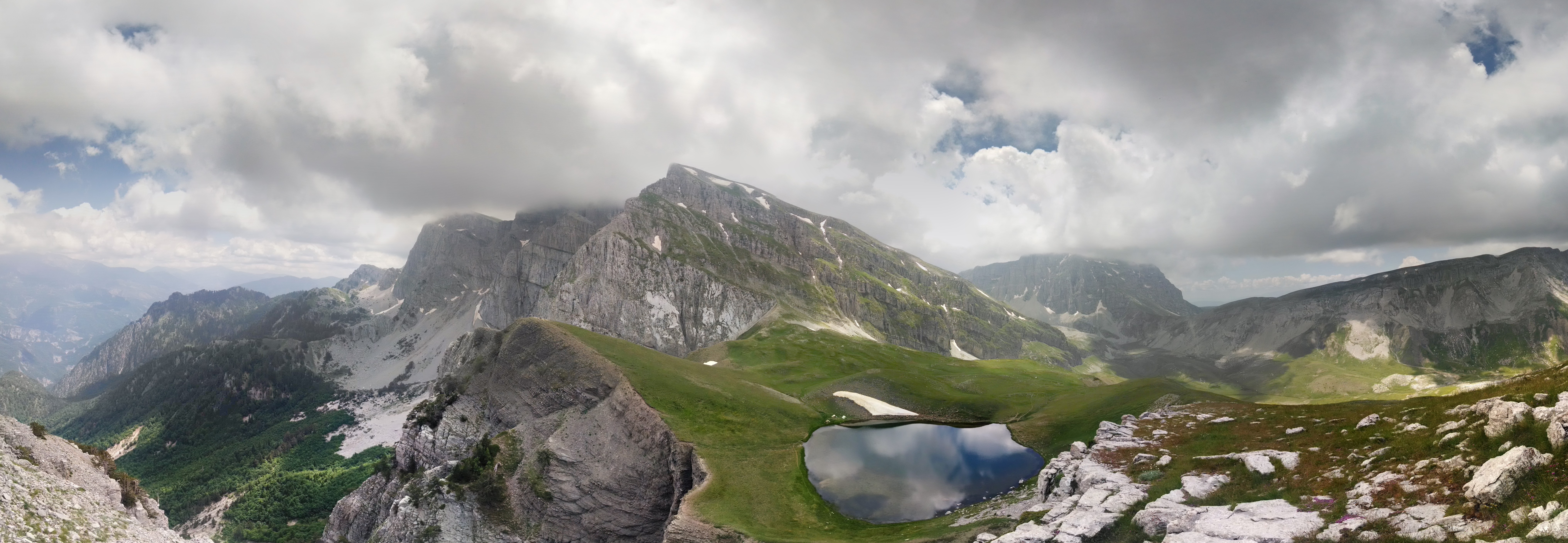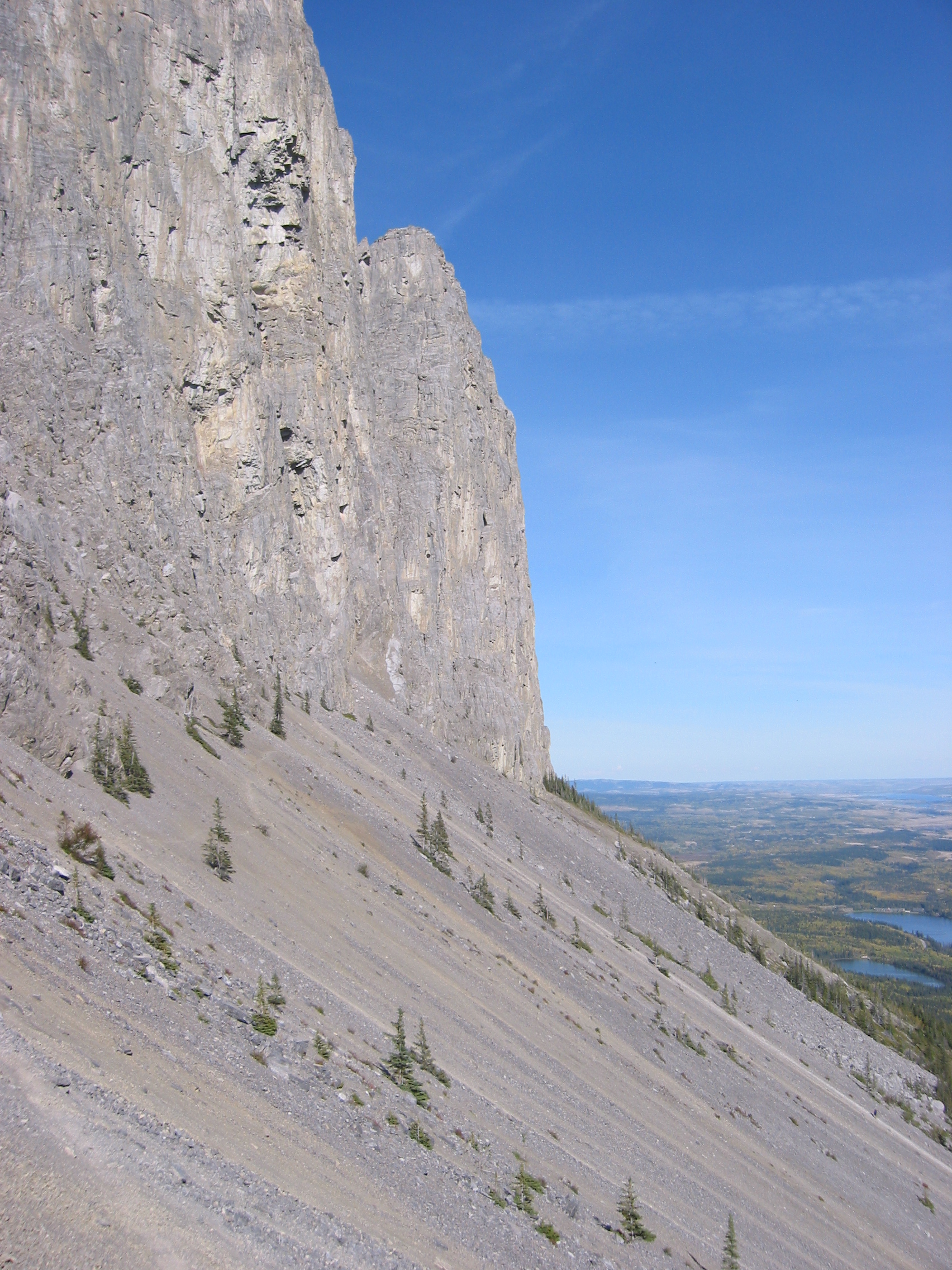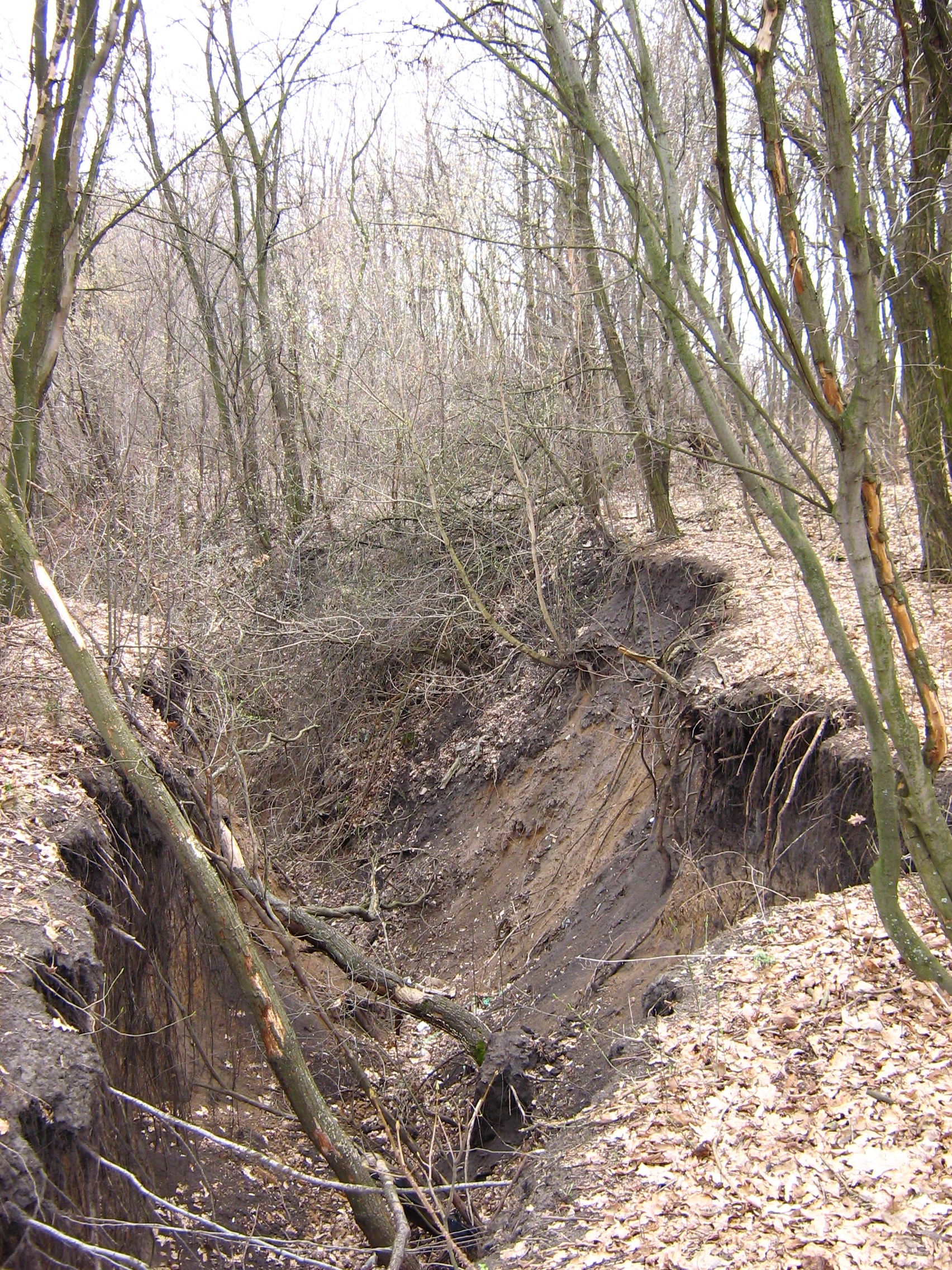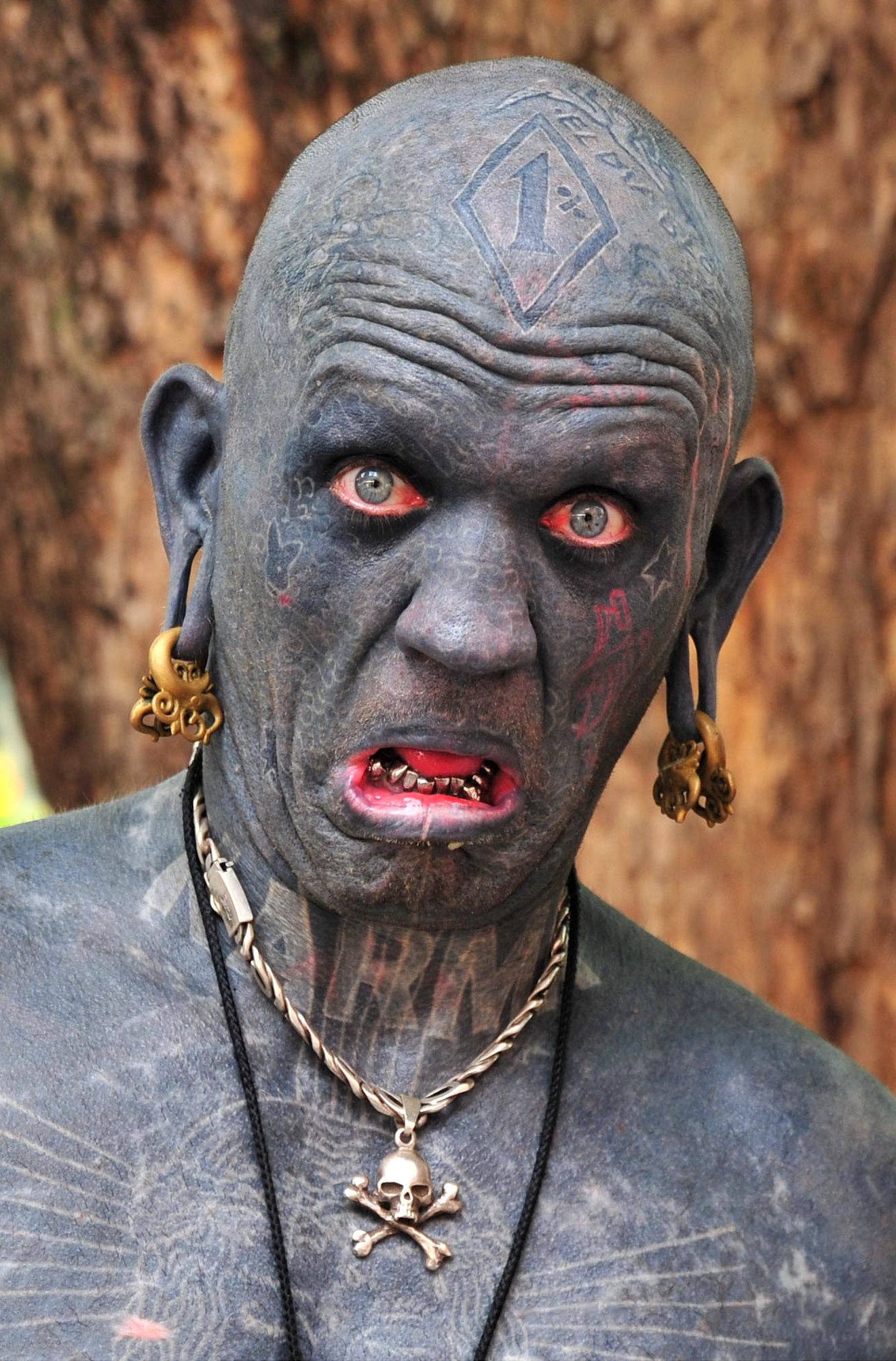|
Vikos–Aoös National Park
The Vikos–Aoös National Park ( ''Ethnikós Drymós Víkou–Aóou'') is a national park in the region of Epirus (region), Epirus in northwestern Greece. The park, founded in 1973, is one of ten National parks of Greece, national parks in mainland Greece and is located north of the city of Ioannina, Greece, Ioannina in the northern part of the Pindus mountain range. It is named after the two major gorges of the area and encompasses of mountainous terrain, with numerous rivers, lakes, caves, deep canyons, dense coniferous and deciduous forest. The park is part of the Natura 2000 ecological network and one of UNESCO Geoparks and spans an elevation range from . Over 100,000 people visit the park each year and take part in activities including rafting, canoe-kayaking, hiking and mountain biking. The core of the park, an area of , comprises the spectacular Vikos Gorge, carved by the Voidomatis river. The gorge's main part is long, which attains a depth of , and has a width rangi ... [...More Info...] [...Related Items...] OR: [Wikipedia] [Google] [Baidu] |
Vikos Gorge
The Vikos Gorge or Vikos Canyon () is a gorge in the Pindus Mountains of northwestern Greece. It lies on the southern slopes of Mount Tymphe with a length of about 32 km, depth ranging from 120 to 1350 m, and a width ranging from 2500 m to only a few meters at its narrowest part. Vikos is listed as the world's "deepest relative to its width" gorge by the Guinness Book of Records among others. Etymology There are a number of views regarding the etymology of the name: *According to Ioannis Lambridis it derives from Slavic and means 'chasm' or 'gorge'. *According to Evangelos Bogas it derives from the Greek βίκος ' stamnos with ears', which denotes the shape of the gorge and the echoes caused by sounds within it. The word was recorded in the lexicon of Hesychius of Alexandria. *According to Konstantinos Amantos it derives from the Greek phytonym βικίον. *According to Konstantinos Oikonomou it derives from an Albanian word for bridge or wooden pass, ''vig-u'' ... [...More Info...] [...Related Items...] OR: [Wikipedia] [Google] [Baidu] |
Tymfi
Tymphe (in Latin and English usage) or Tymfi (in the Greek government's preferred transliteration), Timfi, also Tymphi (, ) is a mountain in the northern Pindus mountain range, in northwestern Greece. It is part of the regional units of Greece, regional unit of Ioannina (regional unit), Ioannina and lies in the region of Zagori, just a few metres south of the 40° Parallel (latitude), parallel. Tymphe forms a massif with its highest peak, Gamila, at . The massif of Tymphe includes in its southern part the Vikos Gorge, while they both form part of the Vikos–Aoös National Park which accepts over 100,000 visitors per year. The former municipality of Tymfi (municipal unit), Tymfi owed its name to the mountain. Etymology The exact meaning of the name is not known but has been in use since ancient times. The name "Tymphe" or "Stymphe" is mentioned by ancient geographer Strabo, Book 7, Ch. 7, and is associated with the ancient land of Tymphaea and the Tymphaeans, one of the tribes o ... [...More Info...] [...Related Items...] OR: [Wikipedia] [Google] [Baidu] |
Eocene
The Eocene ( ) is a geological epoch (geology), epoch that lasted from about 56 to 33.9 million years ago (Ma). It is the second epoch of the Paleogene Period (geology), Period in the modern Cenozoic Era (geology), Era. The name ''Eocene'' comes from the Ancient Greek (''Ēṓs'', 'Eos, Dawn') and (''kainós'', "new") and refers to the "dawn" of modern ('new') fauna that appeared during the epoch.See: *Letter from William Whewell to Charles Lyell dated 31 January 1831 in: * From p. 55: "The period next antecedent we shall call Eocene, from ήως, aurora, and χαινος, recens, because the extremely small proportion of living species contained in these strata, indicates what may be considered the first commencement, or ''dawn'', of the existing state of the animate creation." The Eocene spans the time from the end of the Paleocene Epoch to the beginning of the Oligocene Epoch. The start of the Eocene is marked by a brief period in which the concentration of the carbon isoto ... [...More Info...] [...Related Items...] OR: [Wikipedia] [Google] [Baidu] |
Aoos
The Vjosa (; indefinite form: ) or Aoös () is a river in northwestern Greece and southwestern Albania. Its total length is about , of which the first are in Greece, and the remaining in Albania. Its drainage basin is and its average discharge is . The main tributaries are Voidomatis, Sarantaporos, Drino and Shushicë. The river arises in the Pindus mountains of Epirus, Greece, and generally flows northwest. It enters Albania near Çarshovë, and empties into the Adriatic Sea just north of Vlorë. Generally wild and unpolluted, the river is surrounded by the Vikos–Aoös National Park in Greece, and the Vjosa-Narta Protected Landscape near its mouth. In December 2020, the Albanian portion of the river was designated a "Managed Nature Reserve" by the government. A campaign by the environmentalist groups to designate the whole Albanian part of the course a national park, to guard against the prospective hydroelectric projects, ultimately resulted in the creation of the V ... [...More Info...] [...Related Items...] OR: [Wikipedia] [Google] [Baidu] |
Scree
Scree is a collection of broken rock fragments at the base of a cliff or other steep rocky mass that has accumulated through periodic rockfall. Landforms associated with these materials are often called talus deposits. The term ''scree'' is applied both to an unstable steep mountain slope composed of rock fragments and other debris, and to the mixture of rock fragments and debris itself. It is loosely synonymous with talus, material that accumulates at the base of a projecting mass of rock, or talus slope, a landform composed of talus. The term ''scree'' is sometimes used more broadly for any sheet of loose rock fragments mantling a slope, while ''talus'' is used more narrowly for material that accumulates at the base of a cliff or other rocky slope from which it has obviously eroded. Scree is formed by rockfall, which distinguishes it from colluvium. Colluvium is rock fragments or soil deposited by rainwash, sheetwash, or slow downhill creep, usually at the base of gentle ... [...More Info...] [...Related Items...] OR: [Wikipedia] [Google] [Baidu] |
Gully
A gully is a landform A landform is a land feature on the solid surface of the Earth or other planetary body. They may be natural or may be anthropogenic (caused or influenced by human activity). Landforms together make up a given terrain, and their arrangement ... created by running water, mass movement (geology), mass movement, or both, which erosion, erodes soil to a sharp angle, typically on a hillside or in river floodplains or Fluvial terrace, terraces. Gullies resemble large ditches or small valleys, but are metres to tens of metres in depth and width, are characterized by a distinct 'headscarp' or 'headwall' and progress by Headward erosion, headward (i.e., upstream) erosion. Gullies are commonly related to intermittent or ephemeral water flow, usually associated with localised intense or protracted rainfall events or snowmelt. Gullies can be formed and accelerated by cultivation practices on hillslopes (often gentle gradients) in Farmland (farming), farm ... [...More Info...] [...Related Items...] OR: [Wikipedia] [Google] [Baidu] |
Guinness Book Of Records
''Guinness World Records'', known from its inception in 1955 until 1999 as ''The Guinness Book of Records'' and in previous United States editions as ''The Guinness Book of World Records'', is a British reference book published annually, listing world records both of human achievements and the extremes of the natural world. Hugh Beaver, Sir Hugh Beaver created the concept, and twin brothers Norris McWhirter, Norris and Ross McWhirter co-founded the book in London in August 1955. The first edition topped the bestseller list in the United Kingdom by Christmas 1955. The following year the book was launched internationally, and as of the 2025 edition, it is now in its 70th year of publication, published in 100 countries and 40 languages, and maintains over 53,000 records in its database. The international Franchising, franchise has extended beyond print to include television series and museums. The popularity of the franchise has resulted in ''Guinness World Records'' becoming the ... [...More Info...] [...Related Items...] OR: [Wikipedia] [Google] [Baidu] |
Monodendri, Ioannina
Monodendri () is a village in the Ioannina regional unit (Epirus region) in Greece. It is part of the municipal unit of Central Zagori in the Zagori region, and is located north of the city of Ioannina. Monodendri is built at a height of and retains much of the traditional stone-built architecture. History The name "Monodendri" (meaning "lonely tree" or "single tree") came into use only in the beginning of the 19th century. Its origin is in a very large tree, whose remains still existed in 1910. The village was previously considered a neighbourhood of Vitsa.A. Kathareios (Inspector of the 1st educational region of Epirus) ''Report of Inspection of Zagorochoria in 1913'' As with the other Zagori villages, Monodendri enjoyed an extended period of commercial and economic prosperity during the 17th and 18th centuries. There were schools built, churches in the Byzantine style and luxurious stone manors (). The first school, the Scholarcheion, was`founded in 1750. In the school ... [...More Info...] [...Related Items...] OR: [Wikipedia] [Google] [Baidu] |
Vikos, Ioannina
Vikos (), also known as Vitsiko, is a village in the Central Zagori municipal unit in the municipality of Zagori, Ioannina regional unit, Greece. It lies at the northern end of the Vikos Gorge. The main current sources of the Voidomatis The Voidomatis () is a river in the Ioannina regional unit in northwestern Greece, and is a tributary of the Aoös river. General description The main current sources are located in the village of Vikos. Along its path it converges with oth ... river are located in the village. A paved path leads from the village to the Voidomatis springs in the gorge.Rough Guide to Greece p.342 References {{coord, 39, 57, N, 20, 42, E, display=title, region:GR_type:city_source:GNS-enwiki Populated places in Ioannina (regional unit) Zagori ... [...More Info...] [...Related Items...] OR: [Wikipedia] [Google] [Baidu] |
Ecotourism
Ecotourism is a form of nature-oriented tourism intended to contribute to the Ecological conservation, conservation of the natural environment, generally defined as being minimally impactful, and including providing both contributions to conservation and environmental education. The definition sometimes also includes being financially beneficial to the host community or making conservation financially possible. There are a range of different definitions, and the correct definition of the term was an active subject of debate as of 2009. The term is also used more widely by many organizations offering nature tourism, which do not focus on being beneficial to the environment. Since the 1980s, ecotourism has been considered an important endeavor by environmentalists for conservation reasons. Organizations focusing on ecotourism often make direct or indirect contributions to conservation or employ practices or technology that reduce impacts on the environment. However (according to Bu ... [...More Info...] [...Related Items...] OR: [Wikipedia] [Google] [Baidu] |
Folk Medicine
Traditional medicine (also known as indigenous medicine or folk medicine) refers to the knowledge, skills, and practices rooted in the cultural beliefs of various societies, especially Indigenous groups, used for maintaining health and treating illness. In some Asian and African countries, up to 80% of people rely on traditional medicine for primary health care. Traditional medicine includes systems like Ayurveda, traditional Chinese medicine, and Unani. The World Health Organization supports their integration, but warns of potential risks and calls for more research on their safety and effectiveness. The use of medicinal herbs spans over 5,000 years, beginning with ancient civilizations like the Sumerians, Egyptians, Indians, and Chinese, evolving through Greek, Roman, Islamic, and medieval European traditions, and continuing into colonial America, with beliefs passed down, translated, and expanded across cultures and centuries. Indigenous folk medicine is traditio ... [...More Info...] [...Related Items...] OR: [Wikipedia] [Google] [Baidu] |







